Home>Garden Essentials>How Many Seed Potatoes In 10 Gallon Bag
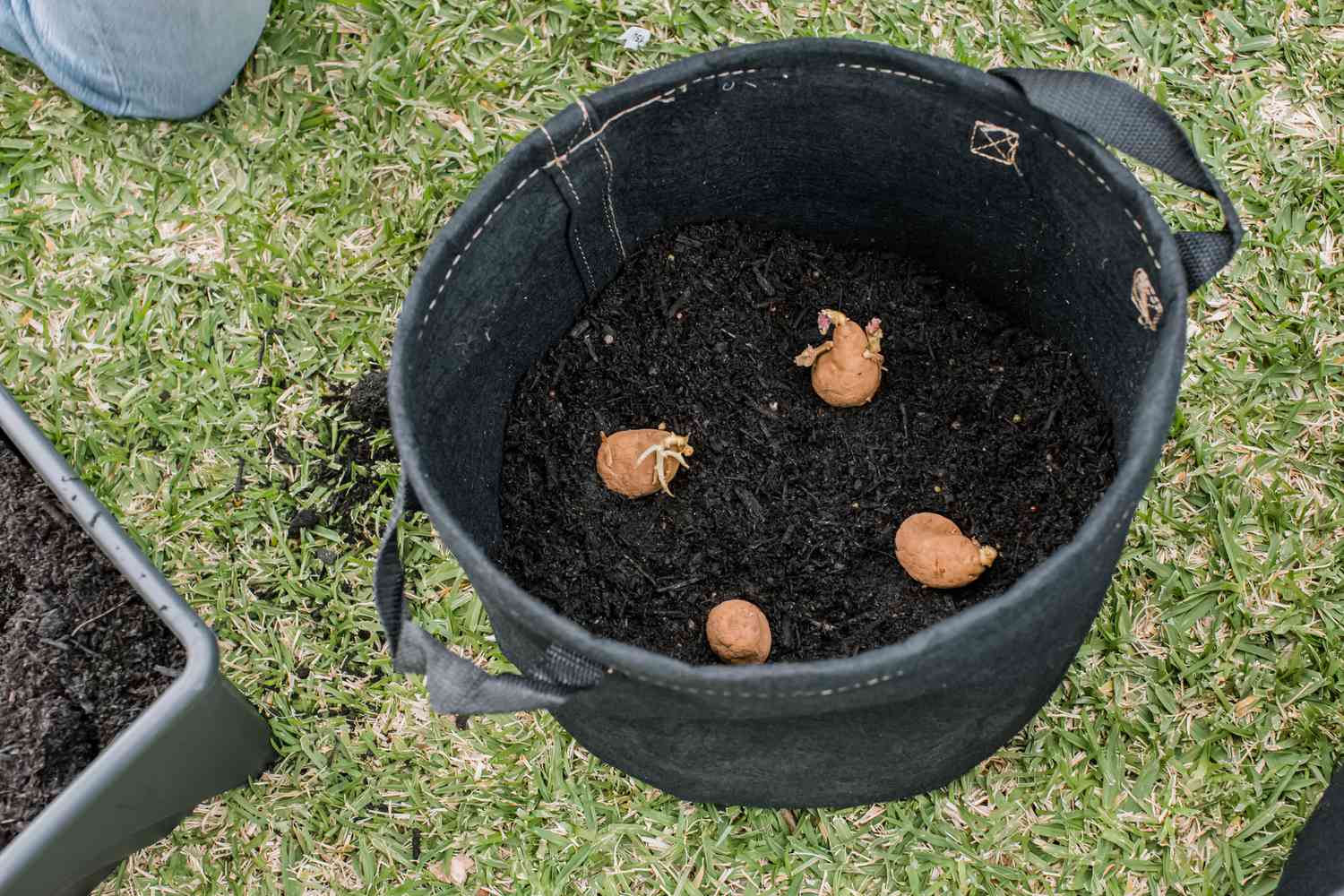

Garden Essentials
How Many Seed Potatoes In 10 Gallon Bag
Modified: May 5, 2024
Discover how many seed potatoes you can plant in a 10-gallon bag and start your garden with success.
(Many of the links in this article redirect to a specific reviewed product. Your purchase of these products through affiliate links helps to generate commission for Storables.com, at no extra cost. Learn more)
Introduction
Welcome to the exciting world of container gardening! If you have limited space or want to grow your own potatoes but don’t have a traditional garden bed, planting seed potatoes in a 10-gallon bag is a fantastic solution. Not only is it a space-saving option, but it also allows you to grow fresh, flavorful potatoes right on your patio, balcony, or even indoors.
Seed potatoes, as the name suggests, are potatoes specifically grown and harvested for planting purposes. Unlike regular potatoes you find in the grocery store, seed potatoes are free from diseases and have undergone a process called “chitting” to encourage sprouting. When you plant seed potatoes, you’re essentially creating a new crop by replanting parts of the original potato.
In this article, we’ll explore how many seed potatoes you can plant in a 10-gallon bag, guiding you through the process step by step. Let’s dive in!
Key Takeaways:
- Grow 3-5 seed potatoes in a 10-gallon bag for healthy plants and a bountiful harvest. Remember to provide proper spacing, sunlight, and water for successful potato growing!
- Choose high-quality seed potatoes, prep the bag with good soil, and follow planting tips for a successful potato-growing adventure in a 10-gallon bag. Enjoy the satisfaction of harvesting your own homegrown potatoes!
Read more: How Many Potatoes Per Seed Potato
What Are Seed Potatoes?
Seed potatoes are specially selected and certified potatoes that are intended for planting. They are different from regular potatoes that you buy from the grocery store, which are typically grown for consumption. Seed potatoes are specifically grown and harvested with the purpose of being replanted to produce a new crop.
Seed potatoes are carefully chosen for their quality and disease resistance. They go through a process called “chitting,” where they are stored in a cool, dark place to encourage sprouting before being planted. This ensures that the seed potatoes are ready to grow and produce a bountiful harvest.
One of the advantages of using seed potatoes is that they are certified to be disease-free. This reduces the risk of transmitting plant diseases to your garden. By starting with disease-free seed potatoes, you are more likely to have a successful and healthy potato crop.
Seed potatoes come in different varieties, each with its own unique characteristics. Some varieties are better suited for baking, while others are ideal for mashing or frying. When choosing seed potatoes, consider the flavor, texture, and cooking qualities you desire in your potatoes.
Additionally, seed potatoes are available in different sizes. Larger seed potatoes will yield more robust plants with a higher potato production, while smaller seed potatoes are often more affordable. Select seed potatoes that are firm, healthy, and free from blemishes or soft spots.
In summary, seed potatoes are specially selected and certified potatoes that are intended for planting. They are disease-free, go through a chitting process, and come in different varieties and sizes. Using seed potatoes ensures a higher chance of a successful and disease-free potato harvest.
Choosing the Right Bag for Seed Potatoes
When it comes to planting seed potatoes in a 10-gallon bag, choosing the right bag is crucial for the success of your plants. The bag you select should provide adequate drainage, sufficient space for root development, and be made of durable material to withstand the weight of the soil.
Here are a few factors to consider when choosing the right bag for your seed potatoes:
- Size: A 10-gallon bag is ideal for planting seed potatoes. It provides enough space for the roots to develop and allows ample room for the potatoes to grow. However, if you have a larger space or want to grow more potatoes, you can opt for a bigger bag or multiple 10-gallon bags.
- Materials: The bag should be made of a breathable and durable material, such as fabric or burlap. These materials allow excess moisture to drain while ensuring proper ventilation. Avoid using plastic bags as they may trap moisture and lead to root rot or disease.
- Handles: Look for bags with sturdy handles or straps. This will make it easier to move and transport the bag, especially if you plan to shift it to different locations to maximize sunlight or protect it from extreme weather conditions.
- Drainage: Proper drainage is essential for the health of your seed potatoes. The bag should have drainage holes at the bottom to prevent waterlogged soil, which can lead to rotting. If the bag you choose doesn’t have drainage holes, you can create them by poking several small holes in the bottom.
Remember, the size and quantity of seed potatoes you can plant will depend on the dimensions of the bag you choose. A 10-gallon bag is a good starting point, but you can adjust the size based on your available space and desired potato yield.
By selecting the right bag for your seed potatoes, you provide them with an optimal growing environment that promotes healthy root development, adequate drainage, and ease of care and maintenance. Now that you have chosen the perfect bag, let’s discuss how much space the seed potatoes will need.
How Much Space Do Seed Potatoes Need?
When planting seed potatoes in a 10-gallon bag, it is important to provide them with enough space for proper root development. Giving your seed potatoes adequate space allows them to grow and expand, resulting in healthier plants and a bountiful harvest.
The amount of space required for seed potatoes can vary depending on several factors, including the variety of potato, the size of the seed potatoes, and the growth conditions. However, a general rule of thumb is to provide approximately 6-8 inches of soil depth for each seed potato.
In a 10-gallon bag, you can usually fit around 3-5 seed potatoes comfortably, depending on their size. This allows each seed potato to have enough space to grow and spread its roots. Keep in mind that overcrowding the bag can lead to competition for resources, poor root development, and smaller potatoes.
It is important to space the seed potatoes evenly within the bag, whether you are planting them in a single layer or stacking them vertically. This ensures that each potato receives equal access to sunlight, nutrients, and water, promoting uniform growth and maximizing yield.
As the seed potatoes grow and develop, you can gradually add soil to the bag to encourage upward growth and prevent the potatoes from being exposed to sunlight, which can cause them to turn green. Ideally, you should keep the soil level just below the top of the bag to allow for proper watering and to avoid soil runoff.
Remember to water the seed potatoes regularly and provide them with appropriate sunlight according to their specific variety. Each potato variety has its own specific requirements, ranging from full sun to partial shade. Providing the right amount of sunlight and watering will help your seed potatoes thrive and produce a plentiful harvest.
By giving your seed potatoes enough space to grow in a 10-gallon bag, you provide them with the optimal environment for healthy root development and abundant potato production. Now that you know how much space your seed potatoes need, let’s move on to calculating the number of seed potatoes you can plant in a 10-gallon bag.
For a 10-gallon bag, you can plant 4-6 seed potatoes. Make sure to space them out evenly to allow room for growth. Keep the soil consistently moist and provide plenty of sunlight for healthy potato development.
Calculating the Number of Seed Potatoes for a 10-Gallon Bag
Planting seed potatoes in a 10-gallon bag offers a convenient way to grow potatoes in a limited space. To ensure that each potato has enough room to grow and produce a decent yield, it’s important to calculate the optimal number of seed potatoes to plant in the bag.
First, consider the size of your seed potatoes. If you have larger-sized seed potatoes, you may need to plant fewer in the bag. Conversely, if your seed potatoes are smaller, you can plant a greater number.
A general guideline is to plant 2-3 seed potatoes per square foot of growing space. Since a 10-gallon bag typically has a surface area of around 1.5-2 square feet, you can comfortably plant 3-4 seed potatoes in a single layer.
Keep in mind that if you choose to stack the seed potatoes vertically in the bag, you can increase the number of potatoes you plant. For example, if you stack two layers of seed potatoes, you can potentially double the amount you plant.
Another factor to consider is the variety of seed potatoes you are planting. Different varieties have varying growth habits and spacing requirements. Some varieties naturally produce more foliage, while others are more compact. Research the specific variety you are planting to determine the recommended spacing and adjust the number of seed potatoes accordingly.
To calculate the exact number of seed potatoes for your 10-gallon bag, follow these steps:
- Determine the desired spacing between each seed potato (usually around 6 inches).
- Calculate the surface area of the bag (length x width).
- Divide the surface area by the spacing to determine how many seed potatoes can fit in a single layer.
- If you wish to stack the seed potatoes, multiply the number from step 3 by the number of layers you plan to stack.
It’s important not to overcrowd the seed potatoes, as this can limit their growth and lead to smaller yields. Providing adequate space will allow the seed potatoes to develop strong root systems and produce plentiful harvests.
By calculating the appropriate number of seed potatoes for your 10-gallon bag, you can ensure optimal spacing and maximize your potato yield. With the number of seed potatoes determined, it’s time to move on to understanding the factors that can affect the number of seed potatoes you should plant.
Read more: How Many Potatoes Grow From One Seed Potato
Factors Affecting the Number of Seed Potatoes
When deciding how many seed potatoes to plant in a 10-gallon bag, there are several factors that can influence the number of potatoes you should plant. By considering these factors, you can ensure that your seed potatoes have enough space to grow and thrive.
1. Size of the seed potatoes: The size of your seed potatoes will directly impact the number you can plant in the bag. Larger seed potatoes will require more space, so you may need to plant fewer in a 10-gallon bag. Conversely, smaller seed potatoes allow for a greater number to be planted.
2. Growth habit of the potato variety: Different potato varieties have varying growth habits. Some varieties naturally produce more foliage, while others are more compact. Varieties with extensive foliage may require more space to accommodate their growth. Research the specific variety you are planting to determine its growth habit and spacing requirements.
3. Spacing requirements: The spacing requirements of seed potatoes can vary depending on the variety and growth habit. Some varieties need to be planted further apart to encourage adequate air circulation and prevent diseases. Check the guidelines provided with your seed potatoes or consult gardening resources to determine the recommended spacing for your specific variety.
4. Desired yield: Consider how many potatoes you wish to harvest from your 10-gallon bag. If you want a larger yield, you may choose to plant fewer seed potatoes to allow for more space and resources for each plant. Conversely, if you are willing to sacrifice some yield for a smaller space, you can plant more seed potatoes, but individual plants may produce smaller tubers.
5. Growing conditions: The growing conditions, such as sunlight, temperature, and moisture, can also affect the number of seed potatoes to plant. In ideal conditions, seed potatoes tend to produce more foliage and therefore may require more space. If your growing conditions are less than optimal, you may consider planting fewer seed potatoes to compensate for any potential limitations.
When deciding how many seed potatoes to plant in a 10-gallon bag, it’s essential to consider these factors. By taking into account the size of the seed potatoes, the growth habit of the variety, the spacing requirements, desired yield, and the growing conditions, you can determine the optimal number of seed potatoes to plant for a successful and productive harvest.
Now that you have a better understanding of the factors affecting the number of seed potatoes, let’s explore some tips for planting seed potatoes in a 10-gallon bag!
Tips for Planting Seed Potatoes in a 10-Gallon Bag
Planting seed potatoes in a 10-gallon bag is a great way to grow your own fresh potatoes, even if you have limited space. To help you achieve success with your potato-growing endeavor, here are some valuable tips to keep in mind:
- Choose the right seed potatoes: Select high-quality seed potatoes that are certified disease-free. Look for firm, healthy potatoes with no signs of rot or damage. Choose varieties that are well-suited to your preferences and growing conditions.
- Prep the seed potatoes: Before planting, allow the seed potatoes to “chit” or sprout. Place them in a cool, dry, and well-ventilated space for a couple of weeks. This encourages the growth of sturdy sprouts, which will lead to healthier plants.
- Prepare the bag: Fill the 10-gallon bag with high-quality potting mix or a well-draining soil mix. You can also add organic matter like compost or aged manure to enrich the soil and provide nutrients for growth.
- Plant the seed potatoes: Place the chitted seed potatoes evenly in the bag, ensuring proper spacing between each potato. If your potatoes have multiple sprouts, position them facing upwards. Gently cover the potatoes with soil, leaving about an inch or two of space below the rim of the bag.
- Water regularly: Keep the soil evenly moist throughout the growing season. Water the potato plants when the top inch of soil feels dry to the touch. Avoid overwatering, as it can lead to soggy soil and root rot. Proper watering is essential for tuber development.
- Provide adequate sunlight: Place the bag in a location that receives at least 6-8 hours of sunlight per day. If you’re growing potatoes indoors or in a shady area, consider using grow lights to supplement the sunlight and promote healthy growth.
- Maintain temperature and humidity: Potatoes prefer cool weather, ideally between 60-70°F (15-21°C). Avoid exposing them to extreme heat or frost. Maintain a moderate level of humidity, as excessively dry conditions can inhibit growth.
- Hill the plants: As the potato plants grow and reach a height of 6-8 inches, gently add more soil to the bag, burying the lower parts of the stems. This process, known as hilling, encourages the formation of additional tubers and protects them from exposure to sunlight.
- Monitor for pests and diseases: Regularly inspect your plants for any signs of pests, such as potato beetles or aphids. Implement organic pest control methods if necessary. Be vigilant for signs of diseases, such as blight or rot, and promptly address any issues to prevent the spread.
- Harvest with care: Potatoes are ready to harvest when the plants have yellowed and died back. Carefully empty the bag and gently dig around the tubers to avoid damaging them. Allow the harvested potatoes to cure in a cool, dark, and well-ventilated area for a few days before storing them.
By following these tips, you can maximize your success in growing potatoes in a 10-gallon bag. Remember to adapt the guidelines to suit your specific potato variety and growing conditions. Enjoy the satisfaction of harvesting your own homegrown potatoes and the delicious meals they will provide!
Now, let’s wrap up our article on planting seed potatoes in a 10-gallon bag.
Conclusion
Planting seed potatoes in a 10-gallon bag is a fantastic way to enjoy fresh, homegrown potatoes, even if you have limited gardening space. Throughout this article, we have explored the process of planting seed potatoes in a 10-gallon bag, from understanding what seed potatoes are to calculating the number of potatoes to plant. We have also discussed the importance of choosing the right bag, providing enough space for the potatoes to grow, and shared tips for a successful potato-growing venture.
By carefully selecting disease-free seed potatoes, preparing the bag with well-draining soil, and tending to the potatoes’ water and light needs, you can create an ideal environment for your potato plants to thrive. Monitoring for pests and diseases, and implementing preventive measures when necessary, will help ensure a healthy harvest.
Remember, the number of seed potatoes you can plant in a 10-gallon bag will depend on various factors, including the size of the potatoes, their growth habits, and the desired yield. Calculating the optimal spacing and adjusting the number of seed potatoes accordingly will promote proper growth and more abundant harvests.
Whether you’re looking to grow potatoes on your patio, balcony, or even indoors, planting seed potatoes in a 10-gallon bag allows you to savor the joy of growing your own food. Enjoy the process and the rewards of experiencing the full journey, from planting the seed potatoes to harvesting your own homegrown potatoes for delicious meals.
Now that you have the knowledge and tips to embark on your potato-growing adventure, get your 10-gallon bag, select your favorite potato varieties, and start planting! Happy growing!
Frequently Asked Questions about How Many Seed Potatoes In 10 Gallon Bag
Was this page helpful?
At Storables.com, we guarantee accurate and reliable information. Our content, validated by Expert Board Contributors, is crafted following stringent Editorial Policies. We're committed to providing you with well-researched, expert-backed insights for all your informational needs.
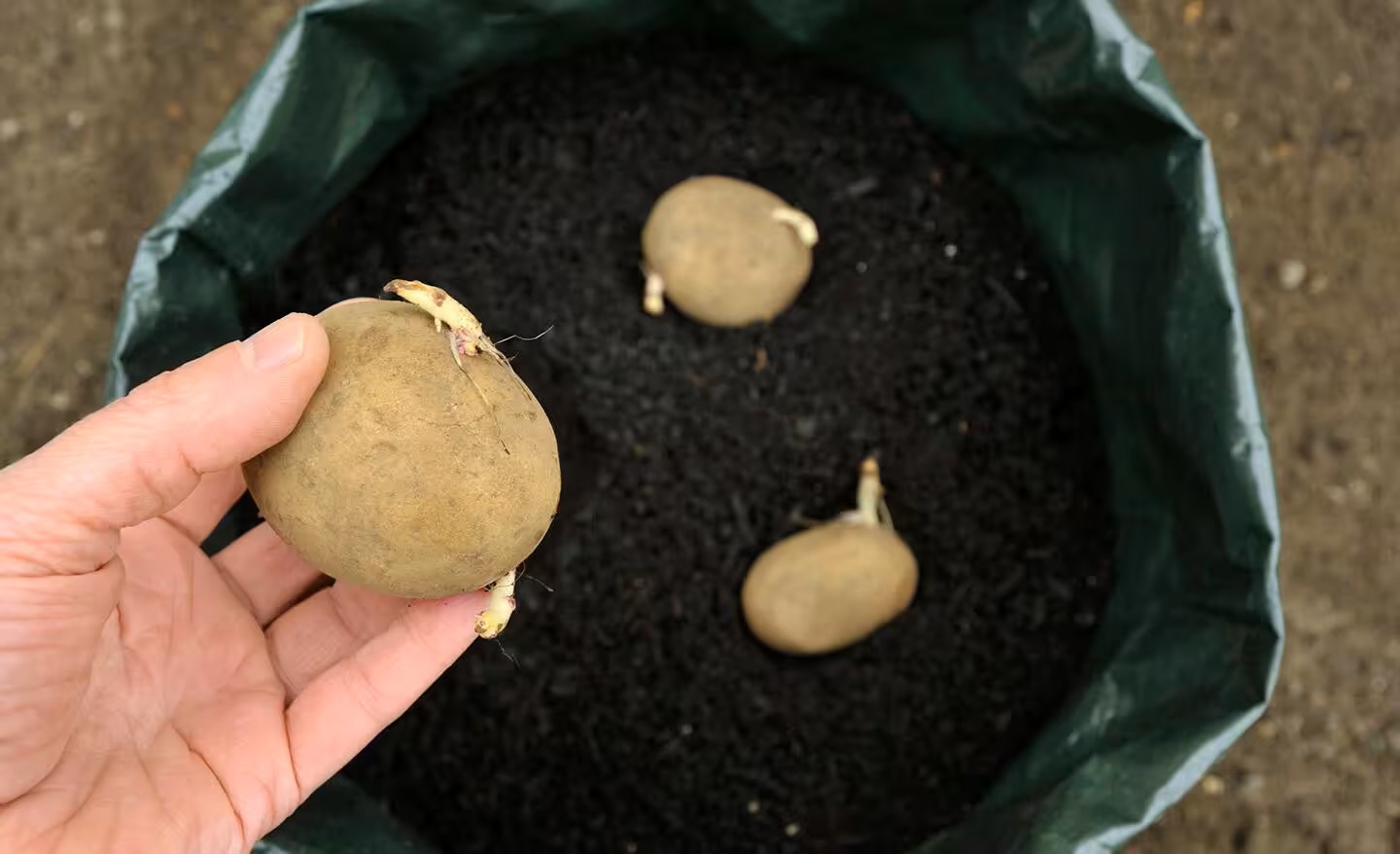
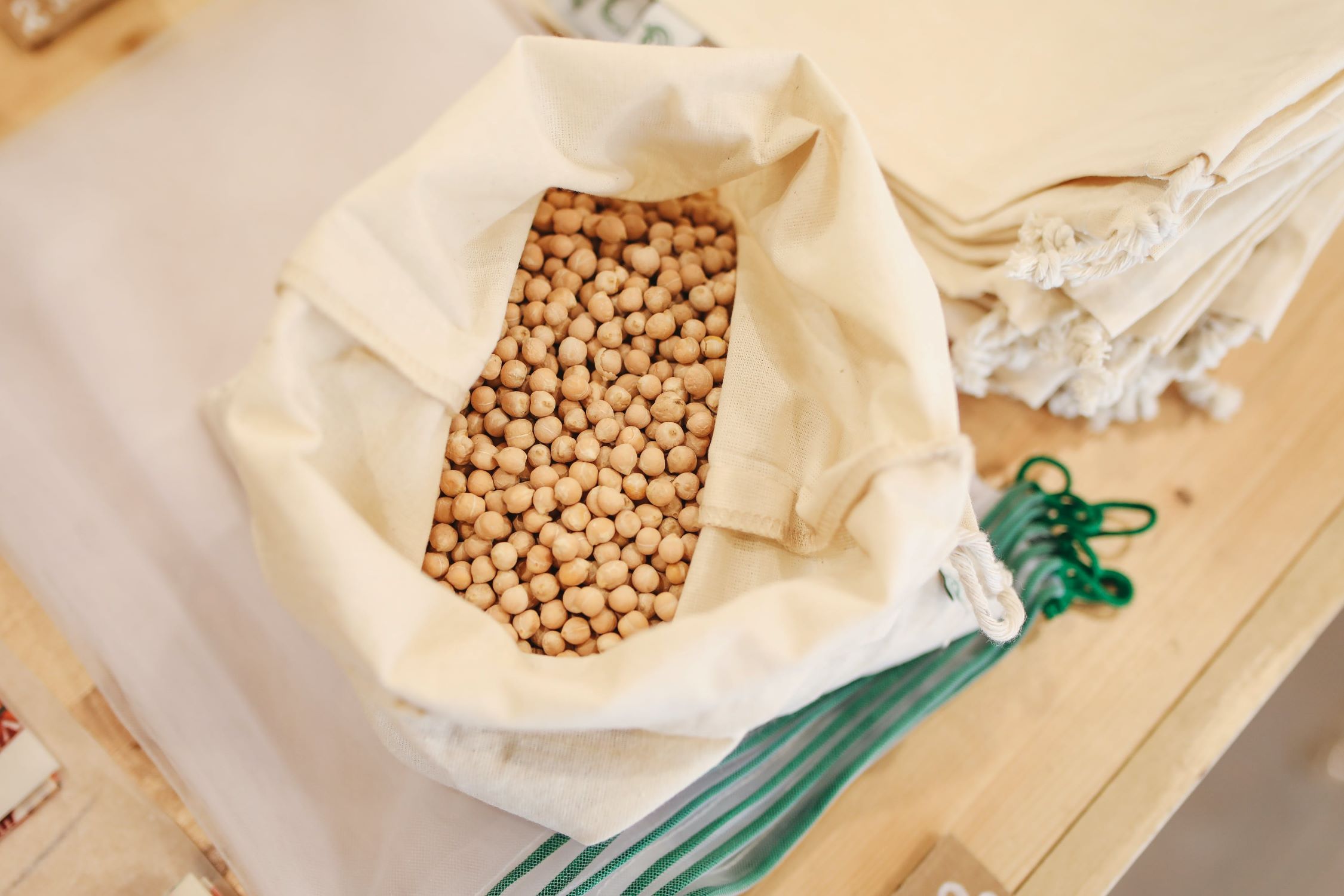
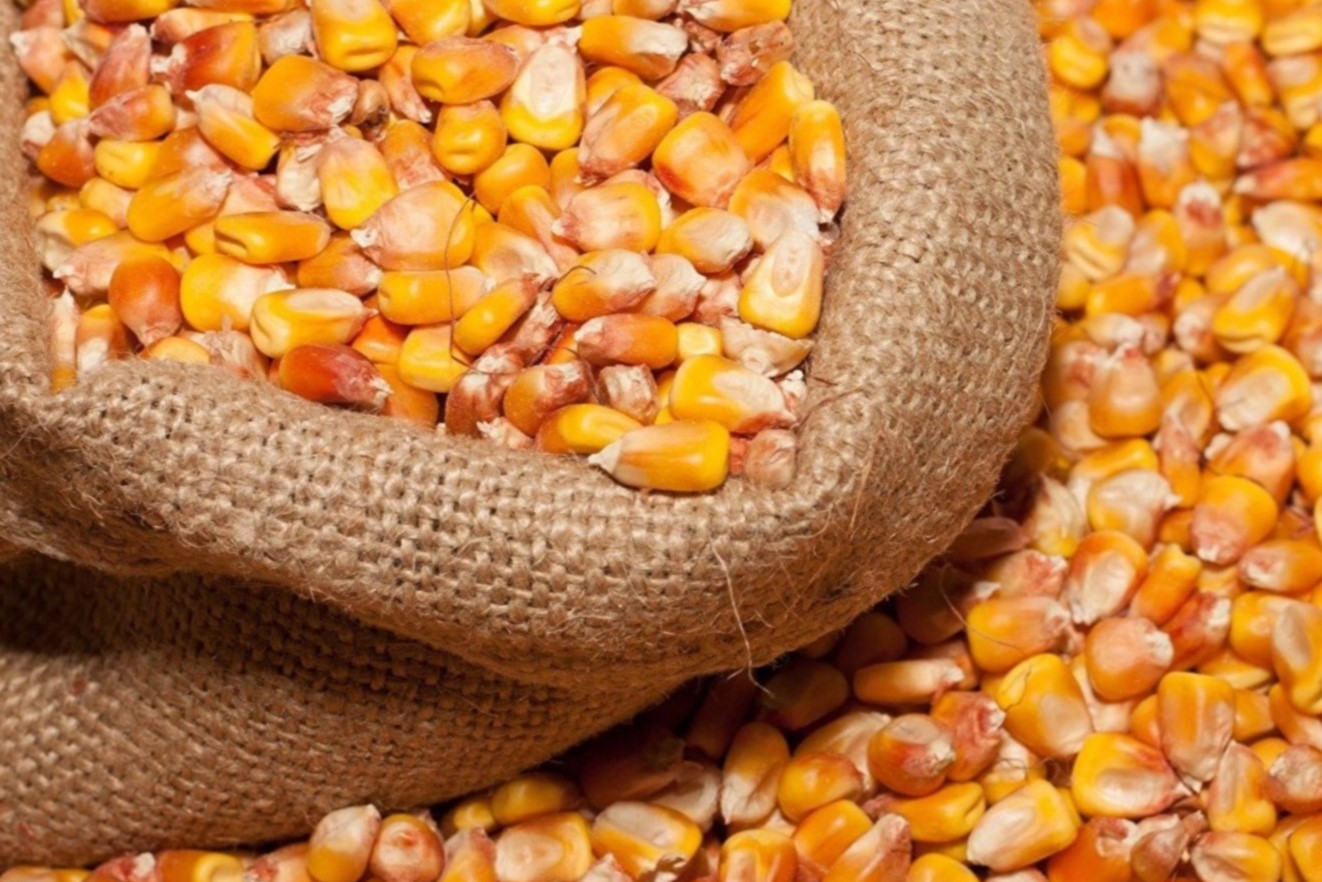
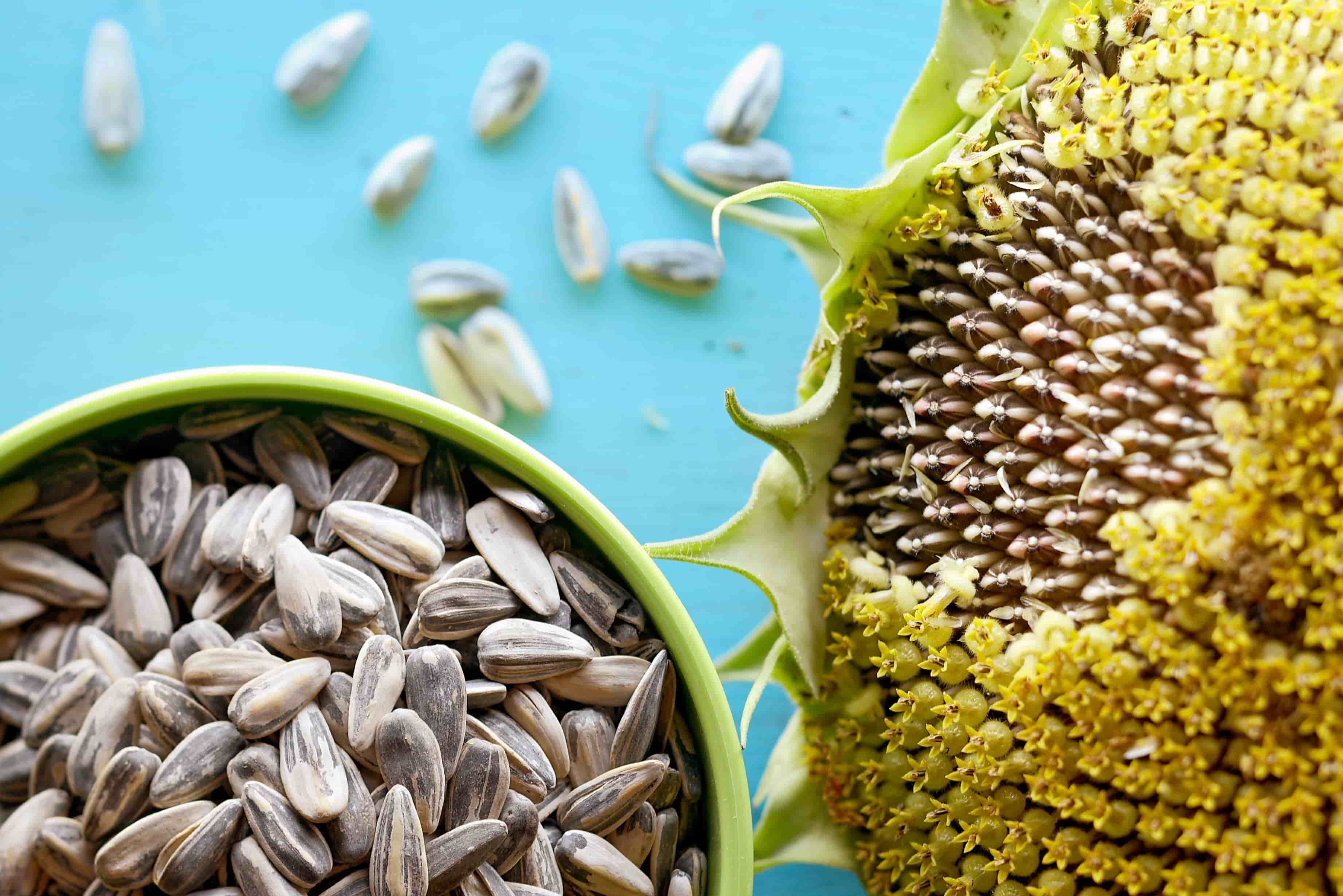
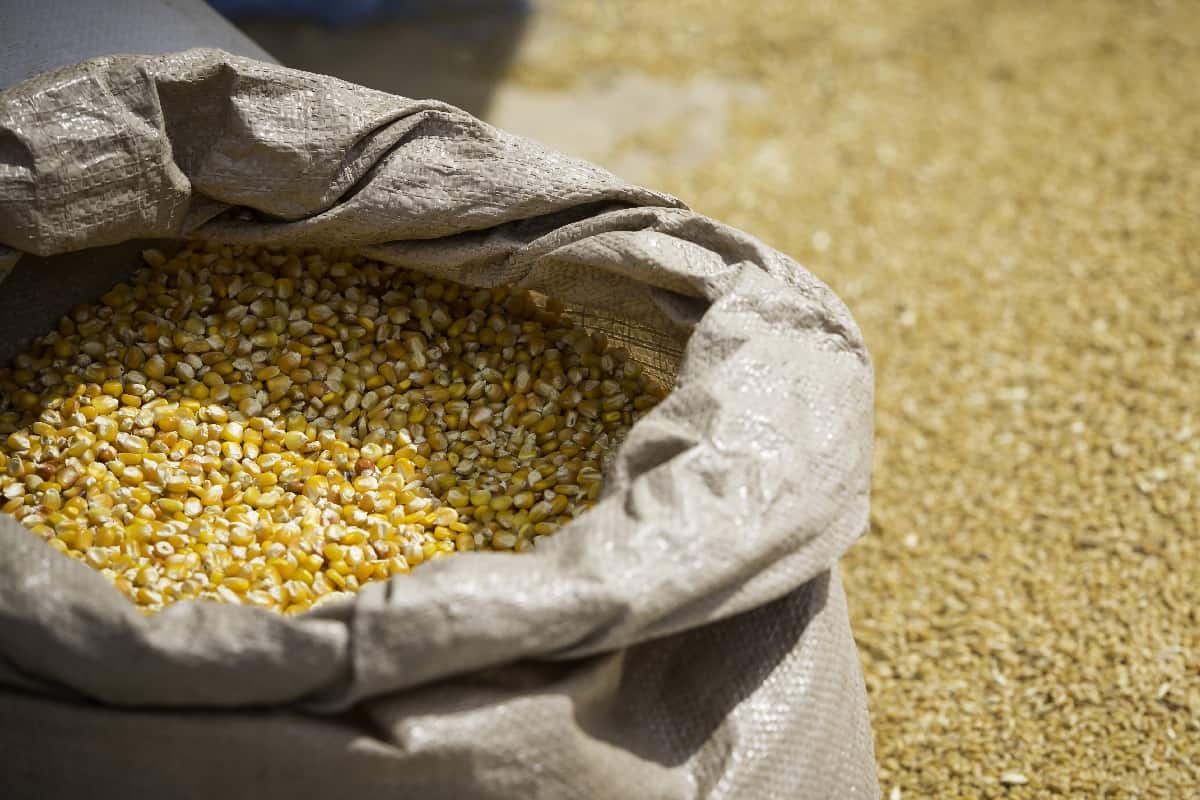
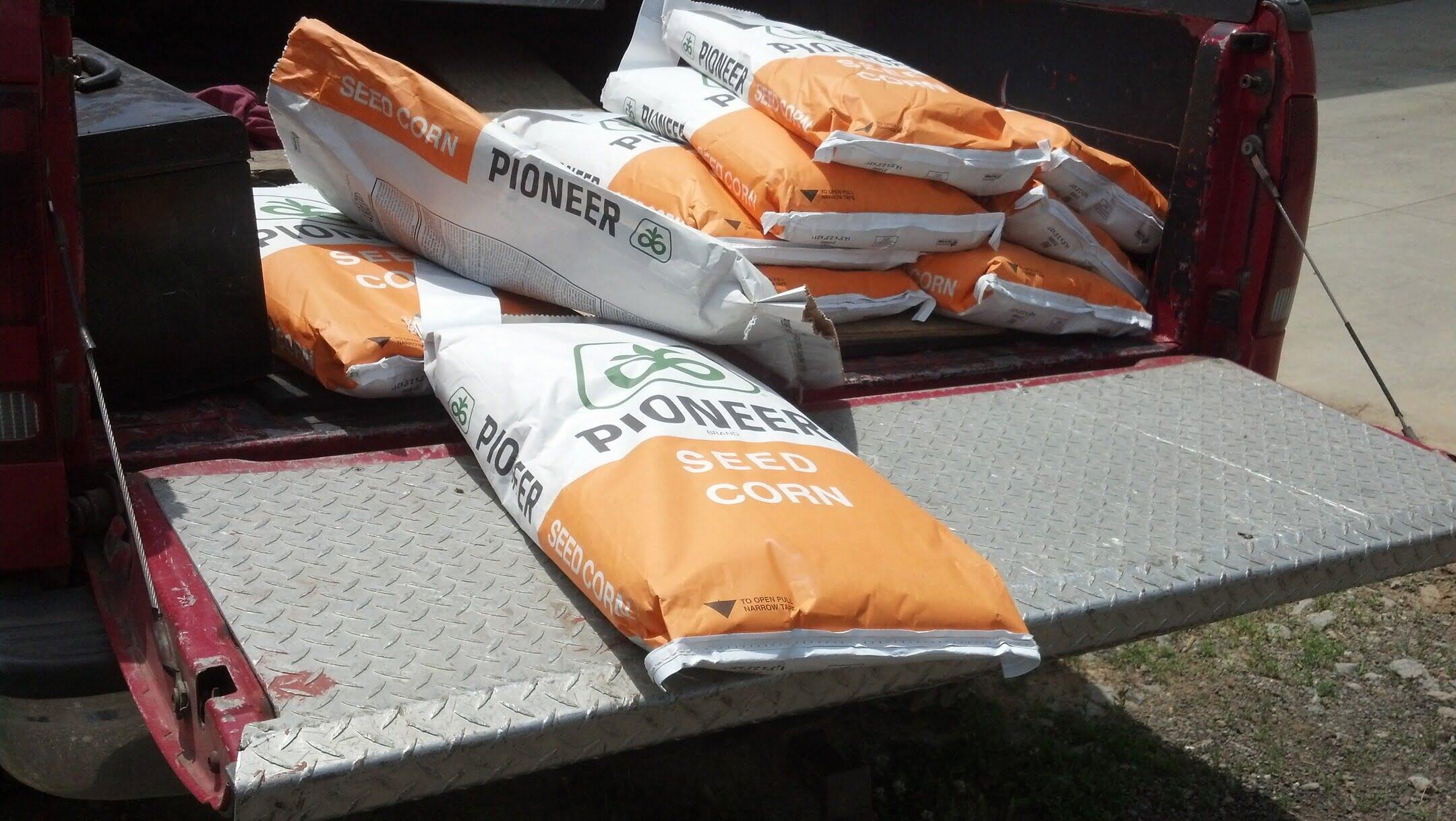
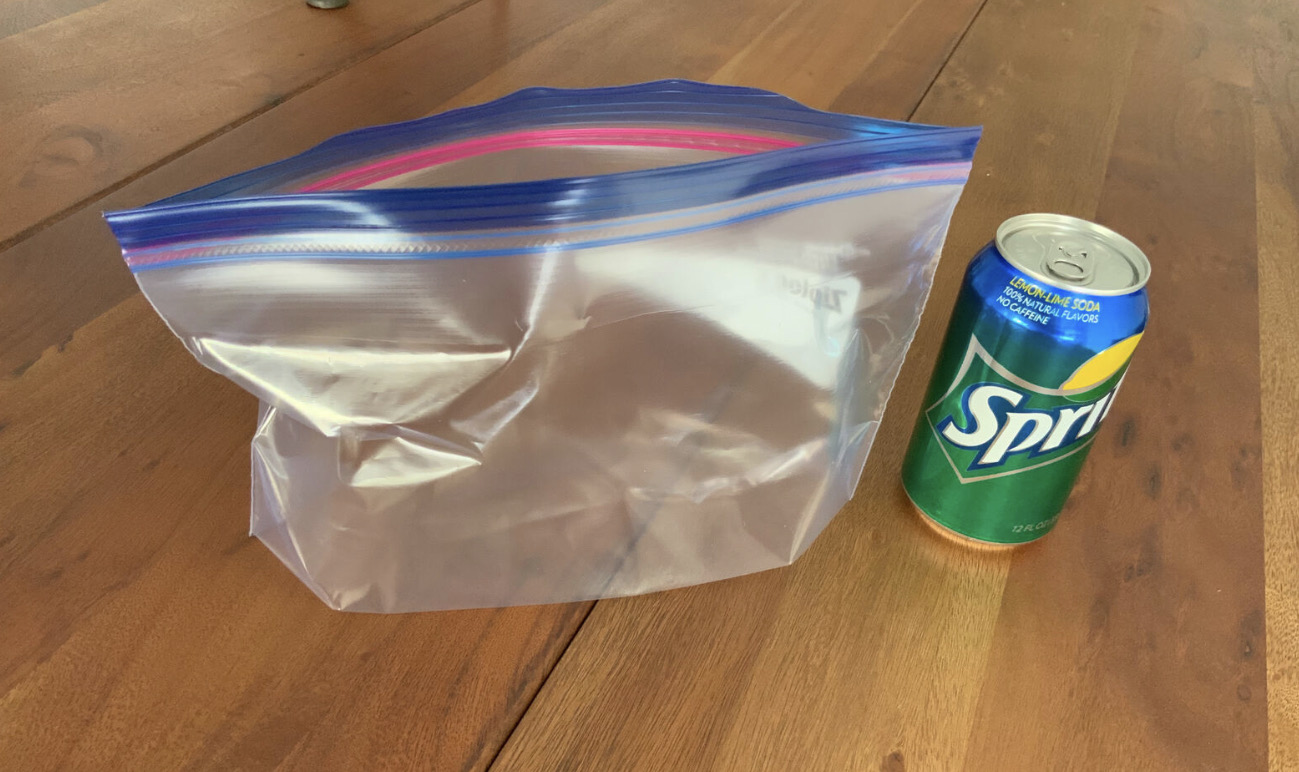
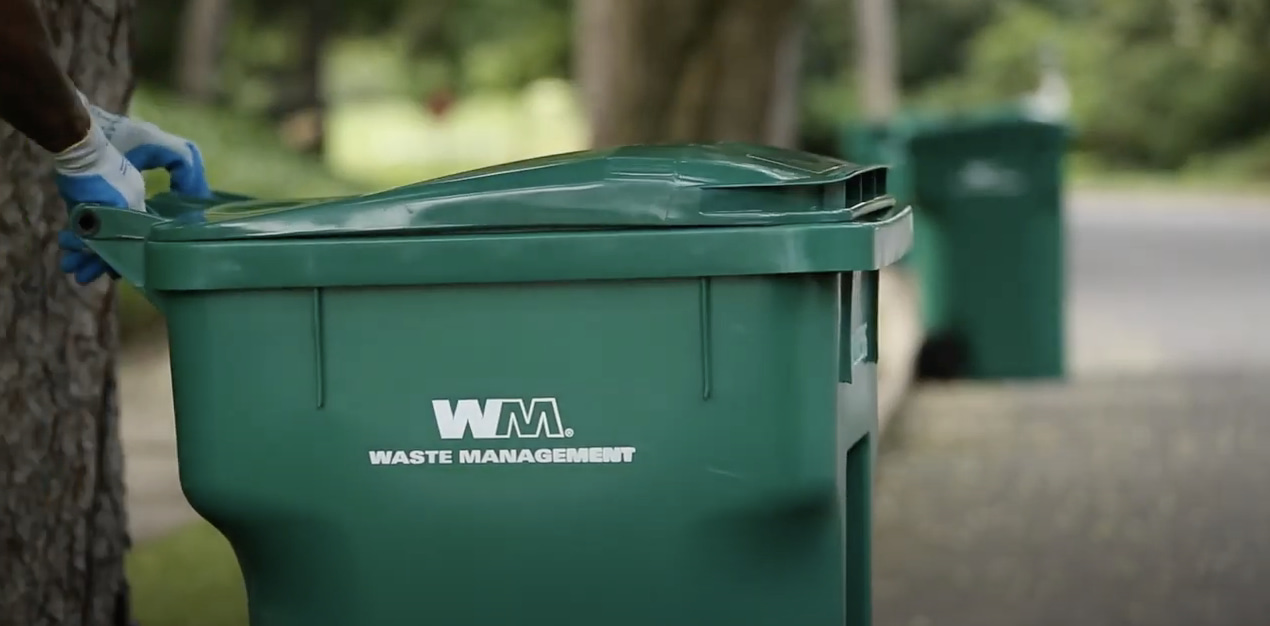



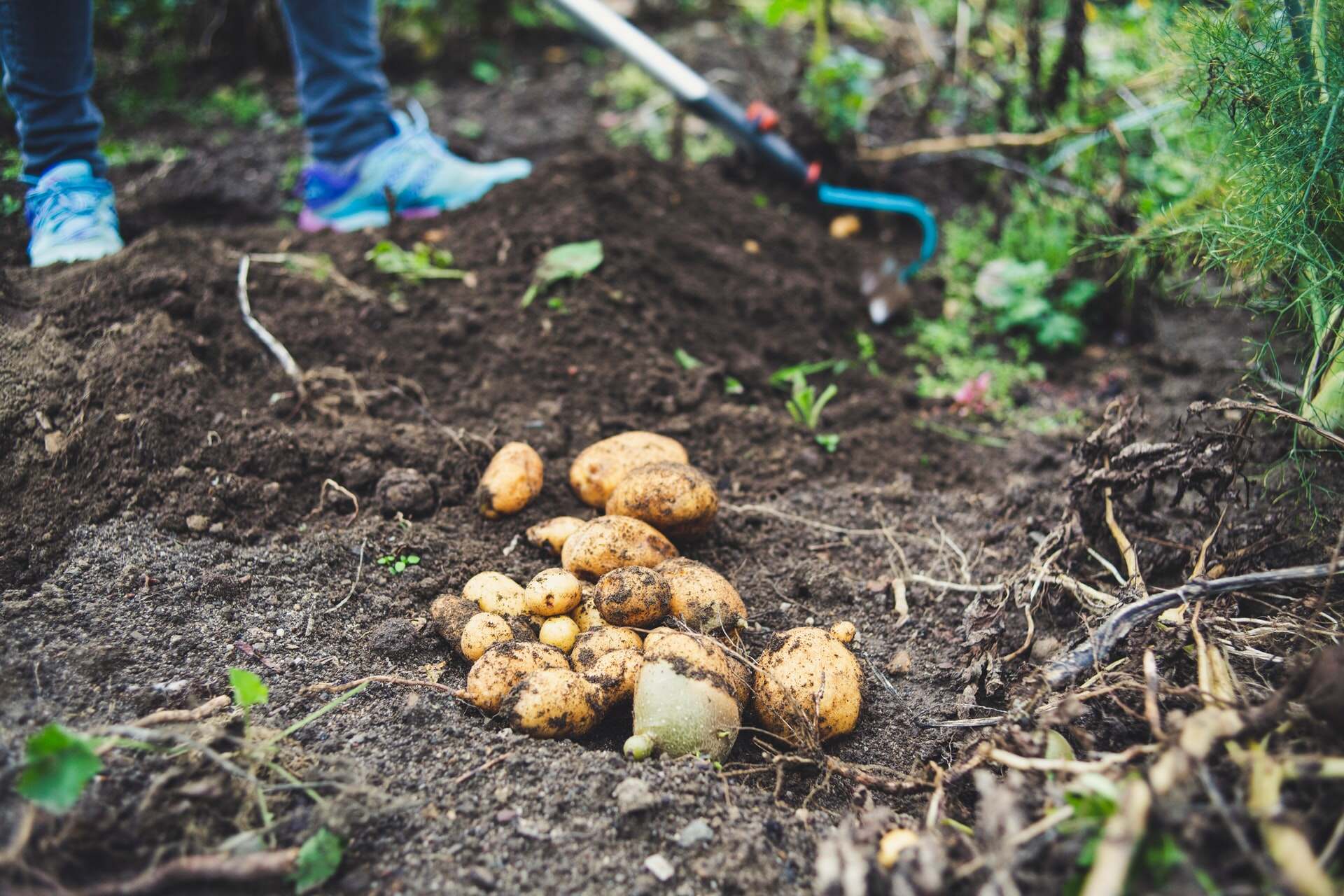
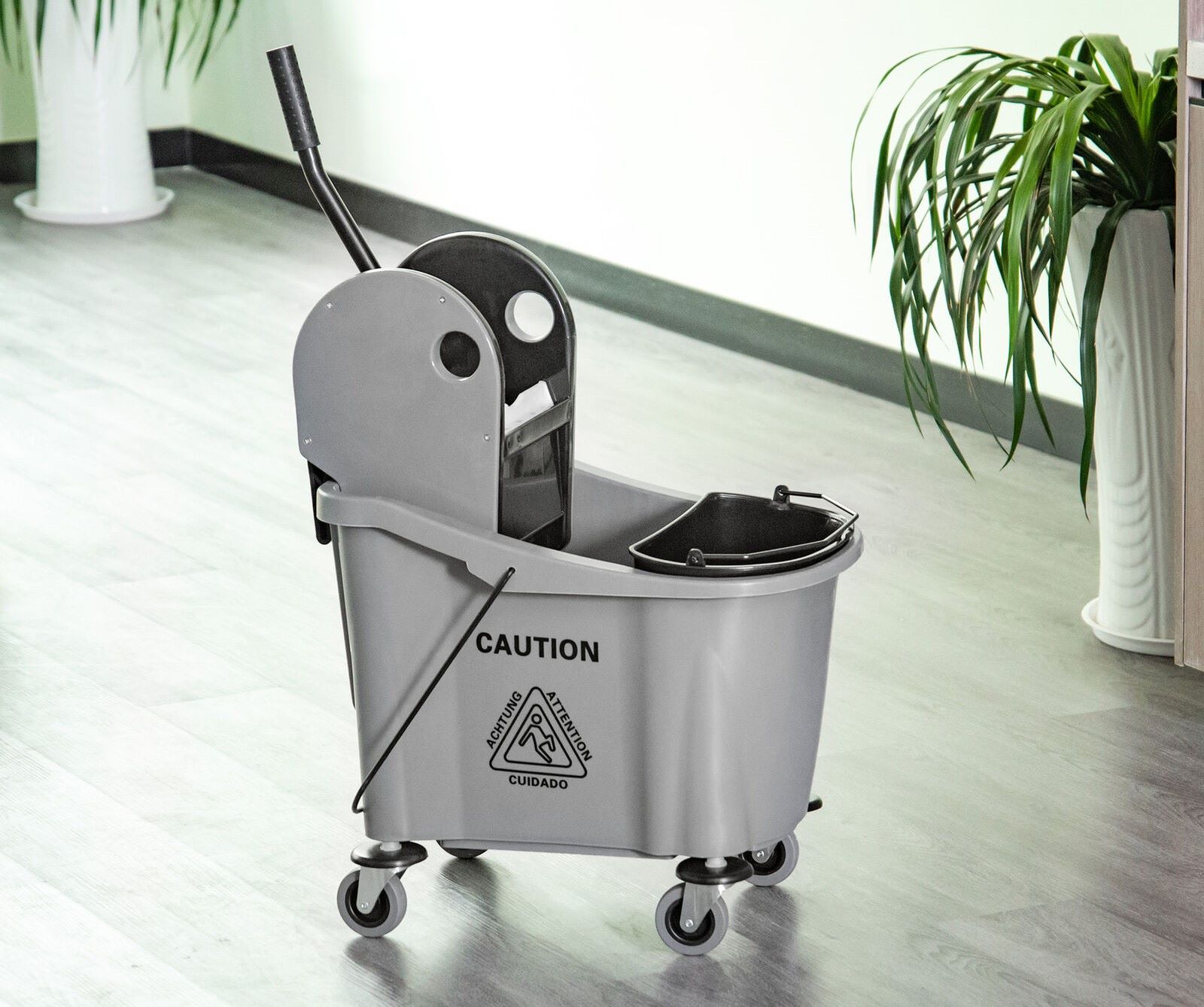
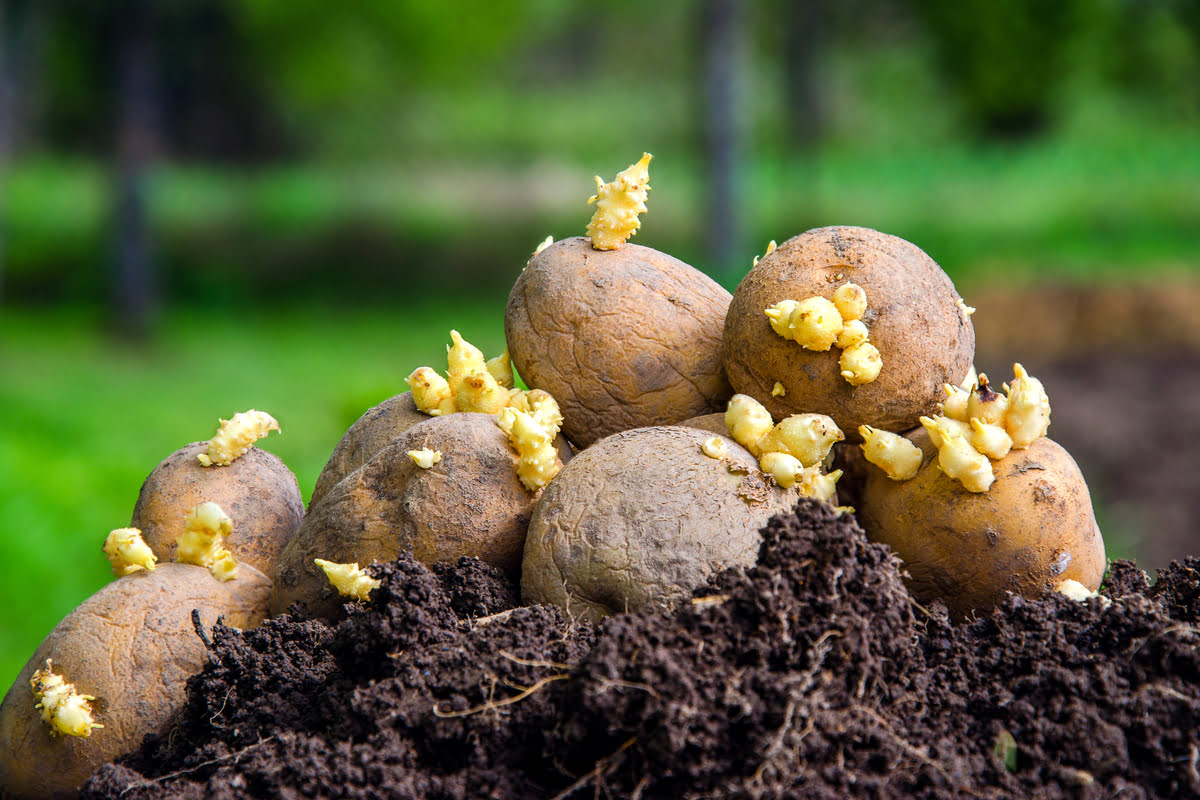

0 thoughts on “How Many Seed Potatoes In 10 Gallon Bag”